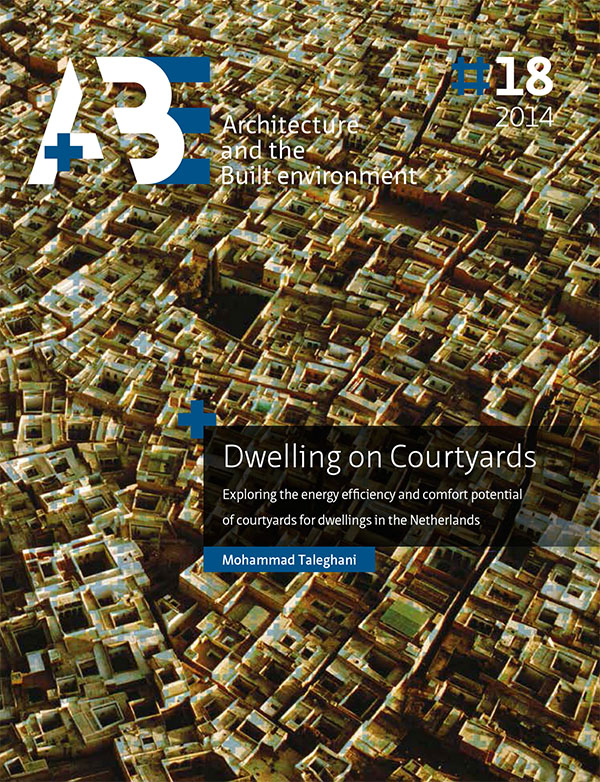Heat mitigation strategies on courtyard buildings in summer
Keywords:
Heat mitigation, thermal comfort, courtyard, field measurement, ENVI-met simulationAbstract
Courtyard vegetation, high albedo surfaces, and courtyard ponds were investigated as potential heat mitigation strategies using field measurements and simulations in a university campus environment. The investigation was performed during a summer period in the temperate climate of Portland, Oregon, USA. In a comparison of seven locations on the campus, the maximum park cooling island effect recorded was 5.8°C between the heavily treed campus park and a nearby parking lot with asphalt pavement. Simulations of courtyards with vegetation and a water pond showed 1.6°C and 1.1°C air temperature reduction, respectively. Changing the albedo of the pavement in a bare courtyard from 0.37 (black) to 0.91 (white) led to 2.9°C increase of mean radiant temperature and 1.3°C decrease of air temperature.


